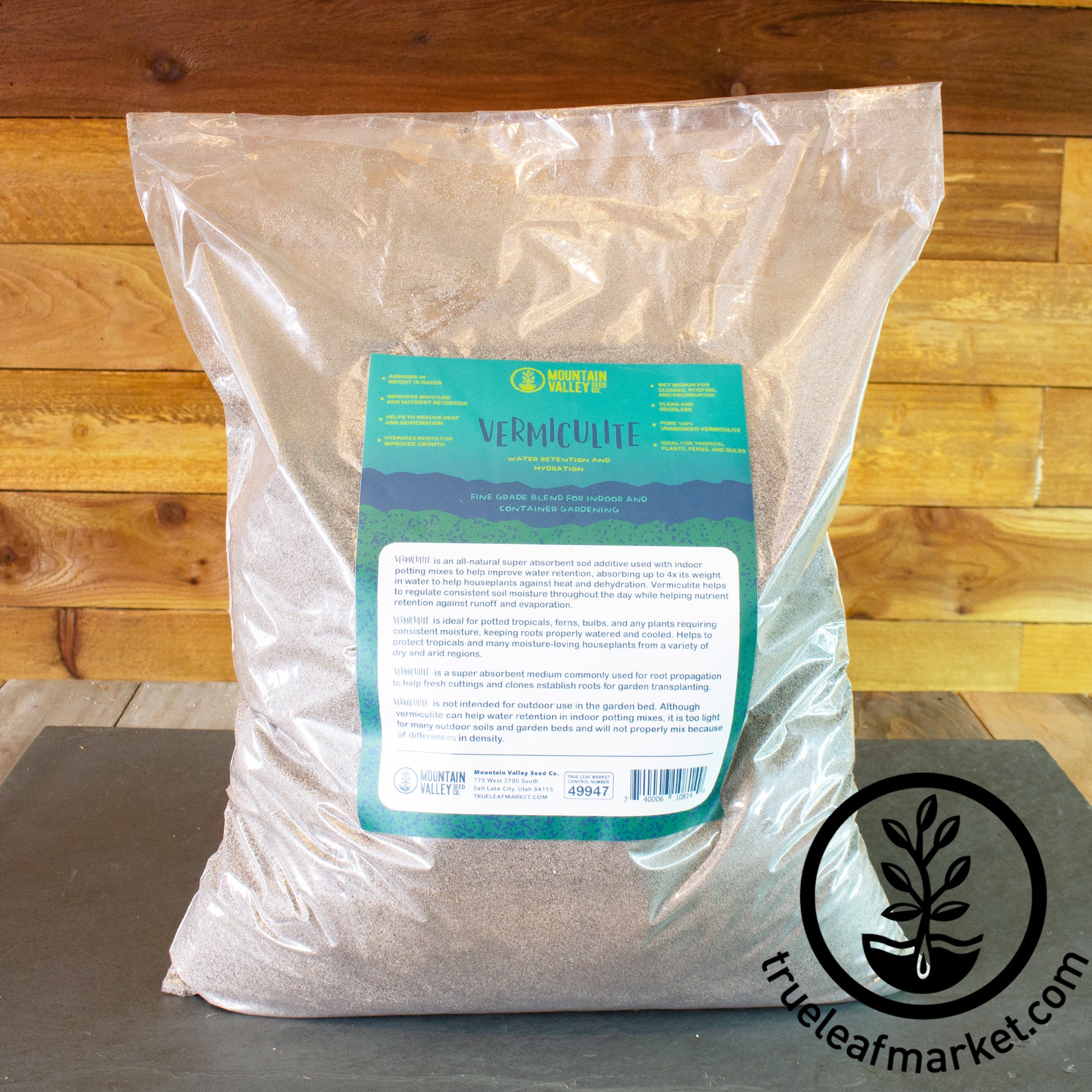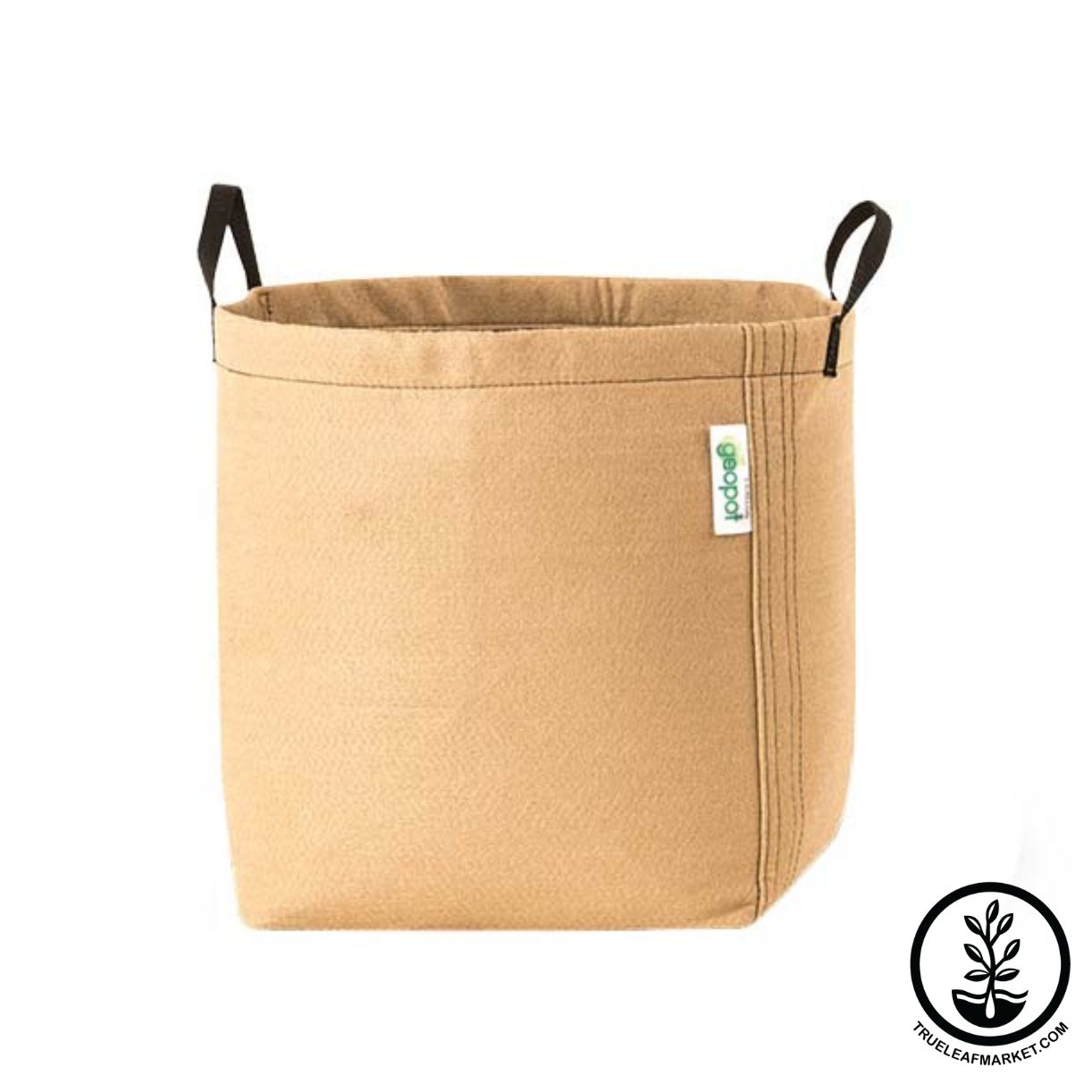Container gardening is the perfect way to cultivate a garden when you are limited on space, don’t have access to in-ground gardens, or need more control over certain growing conditions. Most container gardens are created on patios and balconies, but these concepts can be integrated throughout traditional gardens and landscapes. One of the greatest benefits to container gardens is their temporary status. From season to season, annual flowers can be exchanged for a new and fresh look that is sure to keep your attention. Above all, container gardening is a way to unleash your creative outlet by painting with nature. While flowers and vegetables are traditionally grown in the ground, many readily adapt to containers when the right conditions are met.
Container Garden Care
Drainage
Most plants require good drainage for healthy growth. Good drainage is key because roots require both water and air. This balance is achieved by the pore space that develops within the soil structure. The combination of different particle sizes allows water to filter through the soil, hydrating it and maintaining a path for the excess to drain away. The spaces that are left after excess water drains away are then filled with air that allows the roots to “breathe.” When soils lack pore space, the soil can become waterlogged. The roots can then drown, rot, or become more susceptible to disease. Incorporating materials like perlite and compost can help regulate poor drainage in soils.

Light
When planning your container garden, consider the lighting needs of your plants or what your space can offer. Using vertical or hanging containers is a great way to make the most of your available light. Growing in containers also allows you to best match each plant with its preferred combination of conditions. Whether your leafy greens need a break from the intense sun during the summer heat, or your tomatoes need a bit more sunshine, you can take charge of your garden in ways in-ground growing can be limited.
Fertilizer
When growing in containers, it is important to meet the needs of the plants you are growing. Some plants have greater nutrient needs than others. Exactly what nutrients benefit a plant can change throughout the season as they move from root development to foliage growth to budding and finally to fruiting and seed development. Be sure to familiarize yourself with the needs of each crop. Vegetables are known to be heavy feeders. Don’t skip out on feeding your garden if you want it to feed you.

What Can Be Grown in Containers?
Anything can be grown in containers if you can meet the required growing conditions. With that being said, there are many plants that perform better than others. Below, you will find some recommendations for vegetables that are generally successful for container growing. Take note of their ideal seasonality and minimum container size requirements. In addition to most vegetables, all herbs and flowers can also be grown in containers.
Cool-Season Vegetables
These vegetables thrive in the cool spring and fall months. For a successful grow make sure to meet these minimum container size requirements. Planting cool-season vegetables in containers allows you to protect them from threatening spring frosts, while harvesting at the most optimal time for the best flavor. Container-planted vegetables can easily be protected by using tools like cloches, cold frames, and witner grow tents.
- Broccoli - 16-18 inches wide, 10-15 gallons of soil.
- Beets - 8-9 inches wide, 2 gallons of soil.
- Carrots - 8-9 inches wide, 2 gallons of soil.
- Cabbage - 16-18 inches wide, 10-15 gallons of soil.
- Cauliflower - 16-18 inches wide, 10-15 gallons of soil.
- Kale - 12 inches wide, 5 gallons of soil.
- Lettuce - 8-9 inches wide, 2 gallons of soil.
- Spinach - 8-9 inches wide, 2 gallons of soil.
- Onions - 8-9 inches wide, 2 gallons of soil.
- Leeks
- Peas - 12 inches wide, 5 gallons of soil.
- Parsnips
- Potatoes - 16-18 inches wide, 10-15 gallons of soil.
- Radishes - 8-9 inches wide, 2 gallons of soil.
- Turnips - 8-9 inches wide, 2 gallons of soil.
Warm-Season Vegetables
These vegetables thrive in the warm summer months. Be sure to plant in containers that are large enough to accomodate their root systems. we recommend also planting with a water retention soil mix. The smaller the container, the more quickly it will dry out.
- Beans - 12 inches wide, 5 gallons of soil.
- Broccoli Raab - 16-18 inches wide, 10-15 gallons of soil.
- Celery - 8-9 inches wide, 2 gallons of soil.
- Chard - 12 inches wide, 5 gallons of soil.
- Collards
- Cucumber - 16-18 inches wide, 10-15 gallons of soil.
- Edamame/Soybeans - 12 inches wide, 5 gallons of soil.
- Eggplant - 12 inches wide, 5 gallons of soil.
- Fennel - 8-9 inches wide, 2 gallons of soil.
- Okra - 16-18 inches wide, 10-15 gallons of soil.
- Pepper - 12 inches wide, 5 gallons of soil.
- Summer Squash - 16-18 inches wide, 10-15 gallons of soil. Be sure to use a vertical support to encourage healthy growth and prevent disease by encouraging air circulation.
- Malabar Spinach - 8-9 inches wide, 2 gallons of soil.
- New Zealand Spinach - 12 inches wide, 2 gallons of soil.
- Determinate Tomatoes - 16-18 inches wide, 10-15 gallons of soil.
Herbs
All herbs can be grown in containers. Just be sure to identify what conditions they thrive best in. For example, the herbs listed below are grouped by their temperature and soil moisture preferences. Growing herbs together that share these qualities will be more productive, and are easier to identify problems with as they arise.
- Arugula - (warm)
- Marjoram - (Hot and Dry)
- Oregano - (Hot and Dry)
- Rosemary - (Hot and Dry)
- Sage - (Hot and Dry)
- Savory - (Hot and Dry)
- Tarragon - (Hot and Dry)
- Thyme - (Hot and Dry)
- Cilantro/Coriander - (Cool)
- Dill - (Cool)
- Fennel - (Cool)
- Parsley - (Cool)
- Basil - (Hot and Moist)
- Stevia - (Hot and Moist)




























